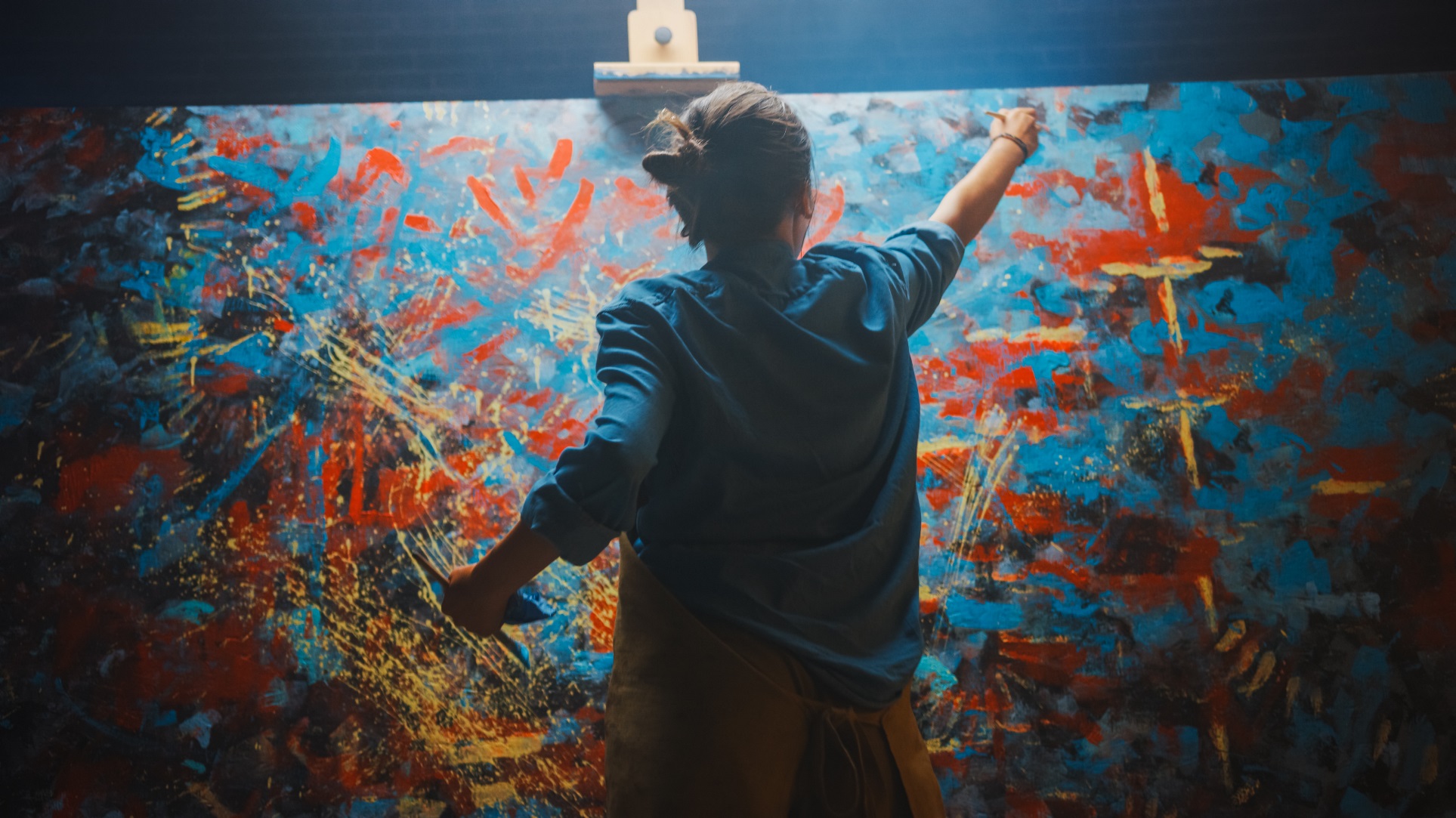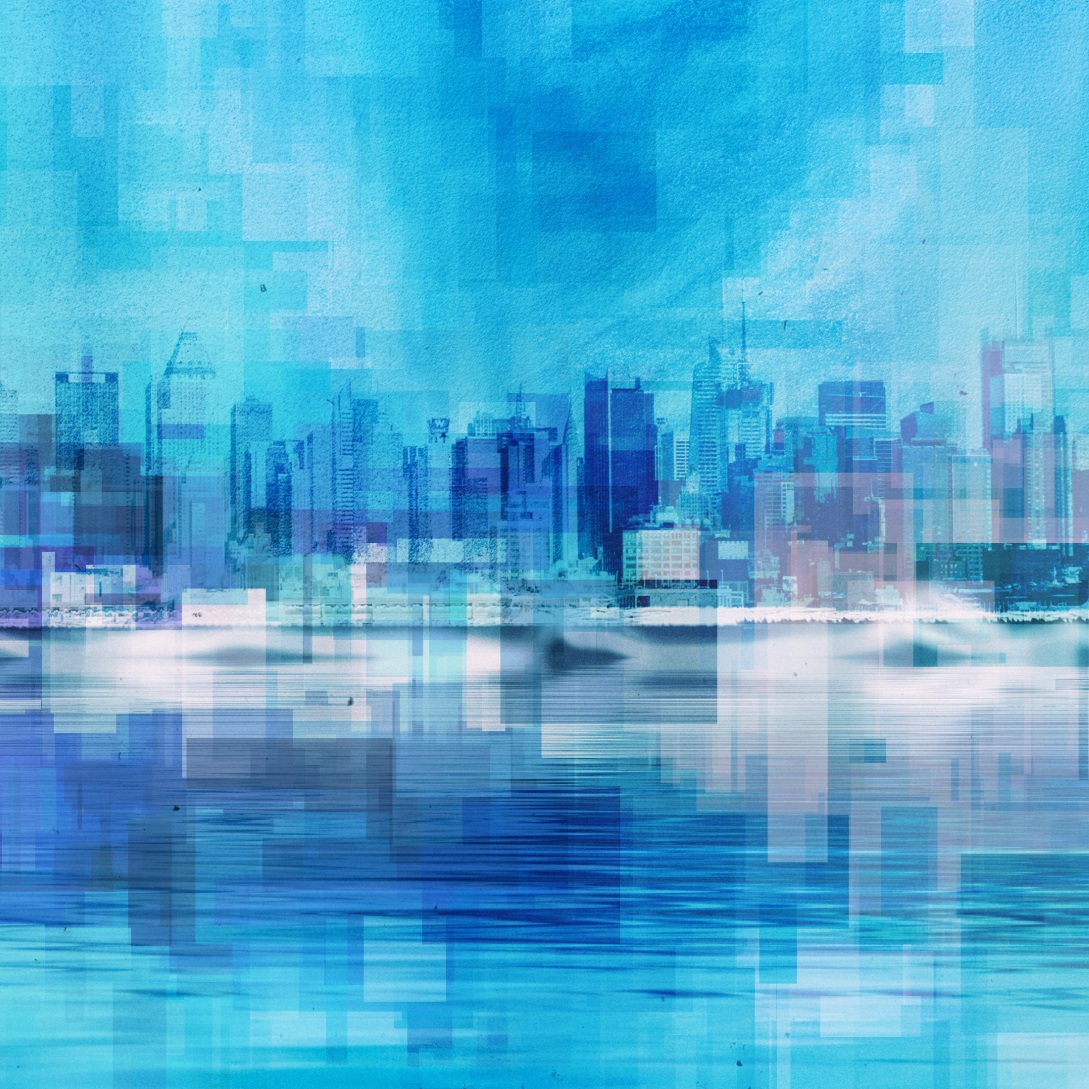When one hears the word 'abstract art,' they'd most probably envision a portrait or a painting with strange, chaotic details. They may think that painting is simply a matter of splattering paint on a canvas. At times, the outcome is a well-designed painting; other times, onlookers won’t be able to tell what the painting really wants to say.
Have you ever asked yourself just what abstract art is and how it is created or painted by artists? If so, continue reading below.
Abstract Art
Abstract art is the result of a person's creative imagination. It's a form of art that avoids any visual resemblance between the artwork and reality. That's because abstract artist doesn't somehow try to portray reality in their work. They convey their feelings through the use of colors, patterns, shapes, structures, and materials.
Have you ever seen abstract art? If not, you can view or even purchase abstract art at thecanvasartfactory.com.au/collections/abstract-art or any abstract art gallery. However, if you've visited one before, you may have observed how the art is disconnected from reality. A bare tree, for example, can be abstracted to the point of becoming unrecognizable. Or, even rainfalls can be painted in bright colors to make them appear surreal. Painting abstract art can be done in a variety of ways.
Moreover, your appreciation of abstract art will depend on your imagination. Sometimes, when people see such an art, they'd often say something like, “I could've done that too!’ While other times, it elicits positive emotions or favorable responses. It'd really depend on how you'll perceive the art. You’re not required to perceive or feel the same way the artist did. It's solely a matter of taste and highly personal to appreciate abstract art.
Creating an Abstract Painting
Professional artists pour their hearts and souls into their work, and the world might be a much duller place if they didn't. Learning how to paint abstract art can be a terrific approach to fill your empty wall areas with something beautiful. With the correct combination of high and low art, you could end up with a masterpiece.
Here's a step-by-step instruction to help you get started painting abstract art.
1. Prepare the necessary art supplies
There are a few things you'll need to gather before starting your abstract painting canvas. The following are some of the materials required.
- Art canvas. Art canvases can be purchased at any craft supply store.
- Water-based paints. They're most effective when used in abstract art. If you don't have any, the acrylic craft, chalk, or latex wall paint will suffice.
- Palette. You'll need a large enough container to hold a dab of each color and enough room when it overlaps.
- Paint brushes. Having brushes of varying sizes enables you to create a variety of abstract paint effects.
- Sponges and foam brushes. You'll need these to wet-blend your paints.
Now that you've gathered your materials, it's time to get serious about learning how to paint abstract art.
2. Paint 'wet on wet' brush strokes
This is a really simple step. While your paint is still wet, all you have to do is paintbrush strokes on the canvas. You'll be painting with various-sized trim paintbrushes in an aimless, loose manner. Using varied brush sizes, let colors blend and intertwine.
This step establishes the overall tone of your piece. It's essentially the foundation or backdrop for the remainder of your work.

3. Use water to wet blend
Exactly how you heard it: you'll use a brush to combine paint and water on your canvas.
You'll need a cup of shallow water on hand to 'wet blend' paint on your abstract art painting canvas. Wet your paintbrush just a little and pull it through a few layers of paint. Unlike the first step, this will use water to make the transitions between your colors much smoother and gentler. The overall result will be colors that appear to bleed into one another.
4. Do the vertical pour
Are you ready to get messy while still having fun? If so, then, you're ready to add some vertical pours to your canvas.
Pouring paint across your abstract painting canvas and seeing it trickle and flow is what the vertical pour is all about. Each drip's unique course will produce an artfully abstract result.
During the process, avoid interfering with the paint drip's path by fiddling around with brushes. Allow the paint to take control until it reaches the canvas's bottom. The slower your paint flows, the thicker it is.
5. Add finer details
The last step is to add a bit extra fine detail to your artwork. It's a piece of cake. Once your canvas has thoroughly dried, adding further touches can bring it to life and provide a little extra enchantment.
The dry brush technique is one of the greatest techniques to create details. Simply dab a very little paint on the tip of a dry brush and dab it across your dried canvas in very delicate strokes. Using this method, you'll be able to place small dots of color where you want the finer details to stand out.
Final Thoughts
Now that you've learned the simple steps in painting abstract art, is it easier than what you imagined? If it, still, sounds difficult for you, however, there's nothing wrong with keeping things simple. After all, you're still a novice. Don't be hard on yourself because painting abstract art should always be about having fun, not perfection.
